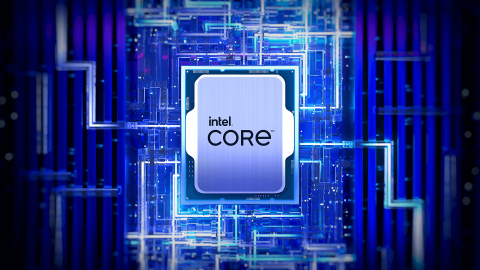
Intel’s Meteor Lake processor architecture has generated significant anticipation as one of the most intriguing developments in recent company history. However, it has long been known that Intel had no intentions of launching a version for socketed desktop motherboards typically found in self-built PCs or off-the-shelf mini towers. For these systems, Intel’s plan was to release a second consecutive refresh of the older Alder Lake architecture, which initially made its debut on desktops with the 12th-generation Core CPUs in 2021.
In a recent interview with PCWorld (via Tom’s Hardware), Michelle Johnston Holthaus, General Manager of Intel’s Client Computing Group, initially suggested that Meteor Lake chips would indeed find their way to desktops. However, the company later clarified its position, stating that these Meteor Lake desktop chips would be soldered directly onto the motherboard, rather than serving as high-performance replacements for the current desktop Core i7 and Core i9 chips.
This kind of differentiation is not entirely unprecedented, particularly when Intel is in the midst of transitioning to a new manufacturing technology, as is the case with Meteor Lake. Chips designed for high-performance desktops tend to be physically larger and need to accommodate higher clock speeds. These challenges become more pronounced when a manufacturing process is new. Meteor Lake itself is a complex architecture, employing Intel’s Foveros packaging technology to combine four distinct silicon dies produced using three different manufacturing processes from two different companies.
Intel has previously distinguished between socketed and non-socketed desktop chips. For example, the fifth-generation Core CPUs, codenamed Broadwell, faced delays due to manufacturing issues and largely found their place in laptops. The few desktop chips that did emerge were also of the soldered-down variety, such as those found in certain iMac models from 2015.
The prospect of another year with the Alder Lake architecture may not excite enthusiasts, especially considering the power consumption of high-end 12th- and 13th-generation desktop chips. Further increasing core counts and clock speeds may not address this issue. However, it could be a welcome development for budget-conscious buyers, as they will apparently be able to continue using Intel’s existing and often cost-effective 600- and 700-series motherboards with their LGA 1700 sockets for a third consecutive processor generation after a BIOS update. This represents an unusually extended lifespan for an Intel chipset, which aligns with a traditional strength of AMD’s offerings among budget buyers, as Intel’s older socket AM4 platform gradually fades into obscurity, and AMD’s newer socket AM5 platform gradually becomes more affordable.
